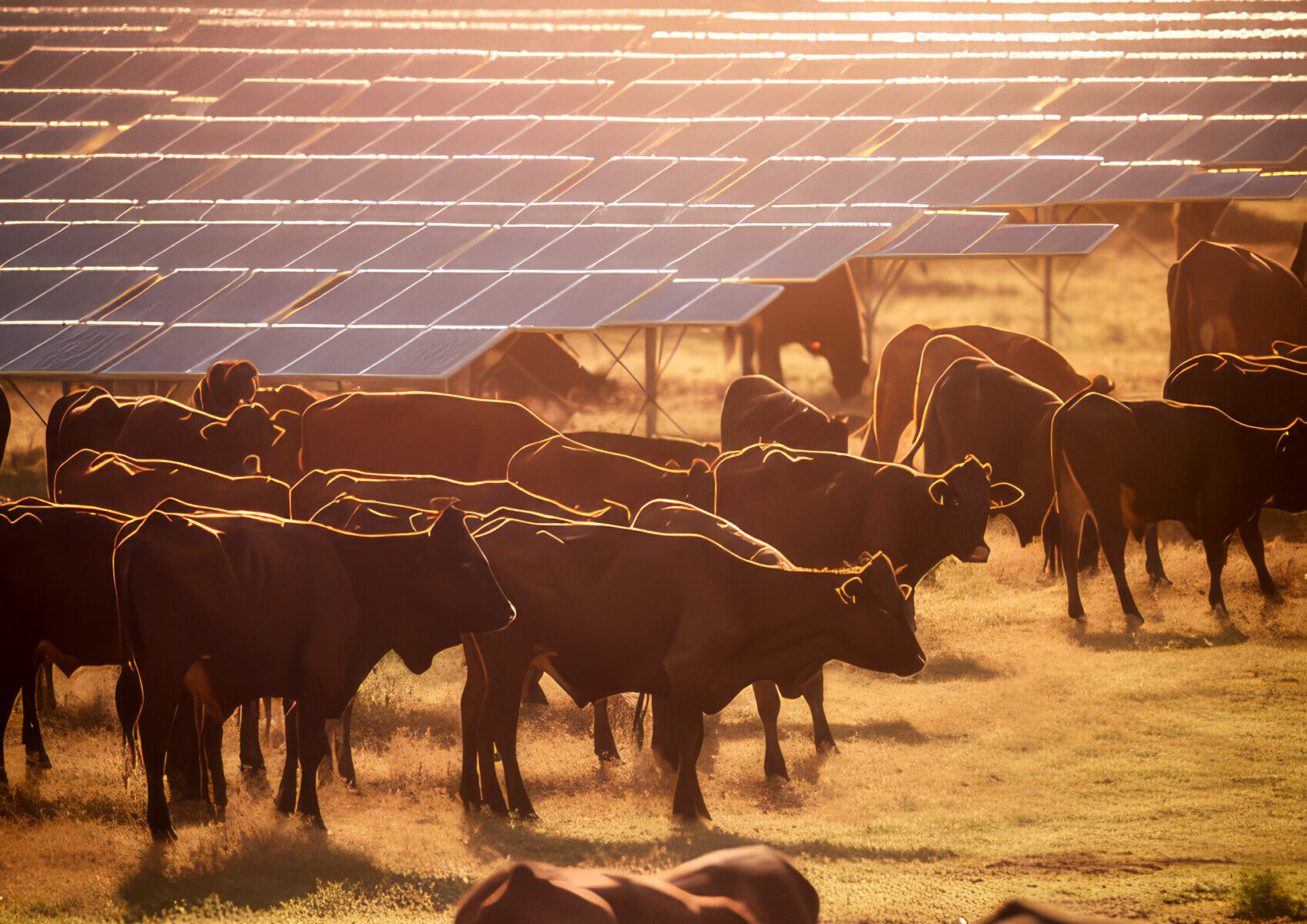Imagine a world where the power of the sun not only nurtures crops but simultaneously generates clean, renewable energy. Welcome to the realm of Agro-Photovoltaics (APV), a groundbreaking concept that combines agriculture and solar panels to innovate farming practices. By installing solar panels above crops, APV maximises land use efficiency, enhances crop productivity, and harnesses the power of the sun to meet our energy needs. In this article, we will delve into the world of APV, exploring its applications, market trends, benefits, and future prospects.
Let’s start by understanding the essence of APV
The core idea behind it is to cultivate crops beneath solar panels, utilising the shade provided by the panels to regulate temperature, reduce water loss, and create a favourable microclimate for plant growth. By harnessing the sun’s energy and generating electricity while growing crops, APV offers a holistic and sustainable solution. This innovative approach eliminates the need for additional land use, making it a highly efficient and environmentally friendly method of food and energy production.
A recent study conducted by McKinsey showed that for Italy to achieve a 63GW increase in solar power capacity by 2040, it would need to utilize up to 85% of its available land. To address the limitations on solar photovoltaic (PV) installations, a potential solution suggested is the implementation of APV, allowing for a shared use of land for both crops and solar energy generation.
Summary of benefits
According to detailed studies, and of course our own experiences with APV, we can define the advantages as follows:
– Increase in total revenue
– Crops cultivated beneath the structure cause ambient air temperature reduction resulting in reduction of Solar Panel temperature and increase in Solar Panel efficiency
– Carbon dioxide emissions are uptaken by the crops
– When the Solar Panels are washed, the water irrigates the crops beneath which increases water efficiency.
– Provides new jobs and increases taxes
– Reduces our dependency on fossil fuels
What’s the market like?
The market for APV is poised for rapid growth in the coming years, driven by increasing demand for renewable energy and sustainable agricultural practices. According to Allied Market Research, analysts predict that the APV market will reach a value of $9.3 billion by 2031, exhibiting a compound annual growth rate of 10.1% from its $3.6 billion value just a year ago. Countries like Japan and Germany have already embraced APV, while the United States, China, and India are also showing interest in this game-changing technology.
Italy, for instance, has introduced an incentive scheme to support innovative APV solutions. The Ministry of the Environment and Energy Security offers rebates of up to 40% of the initial costs for selected developers. Such initiatives highlight the increasing governmental support and investment in APV.
What are we doing?
Out of our total of 630 MWp of Solar PV projects, we are developing around 500 MWp of APV capacity in Italy . Our commitment to it reflects the growing recognition of its benefits and potential impact on the agricultural and energy sectors.
Overall, Agro-Photovoltaics (APV) is a revolutionary concept that combines agriculture and solar energy, paving the way for sustainable farming practices. By integrating solar panels above crops, APV generates clean energy, increases land use efficiency, and enhances crop productivity. With its potential to reduce water usage, provide additional income streams, and mitigate environmental impacts, APV holds great promise for a greener and more secure future. As we continue to explore and optimise this emerging technology, we say yes to embracing the power of APV in our collective efforts to build a resilient and sustainable world.











